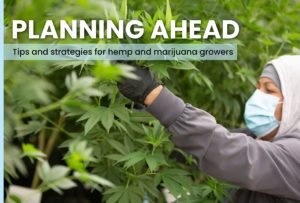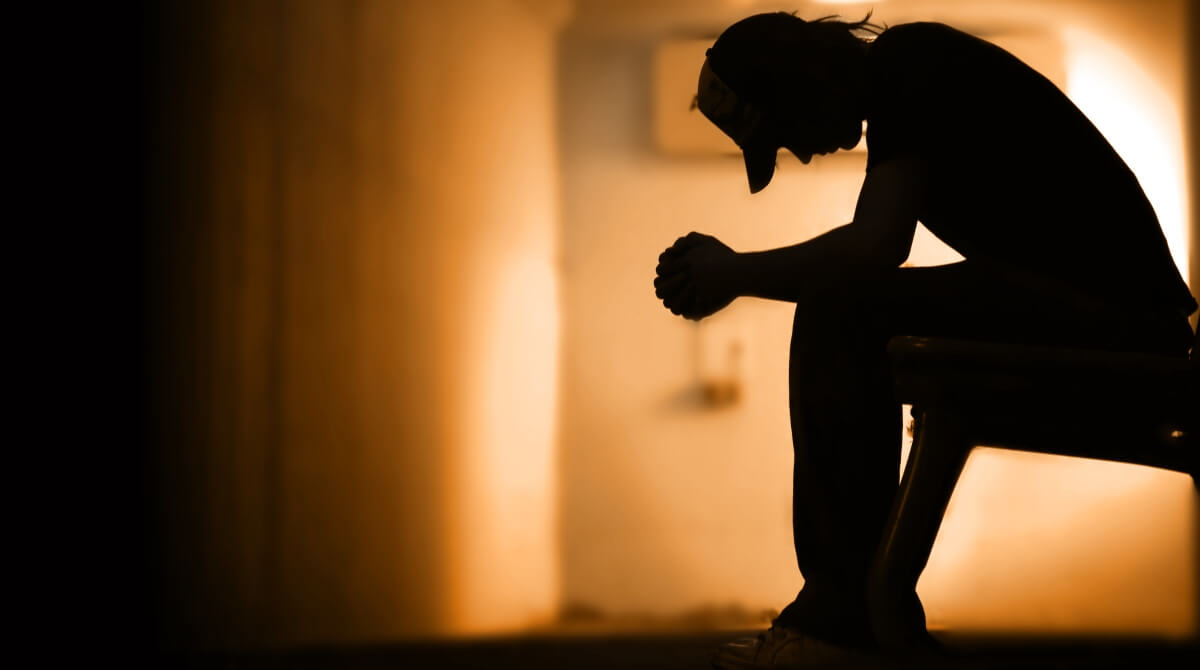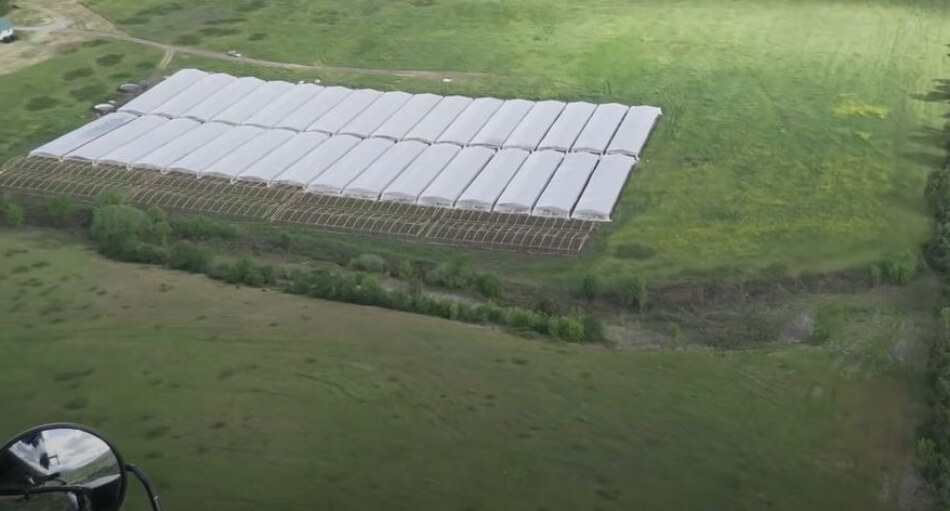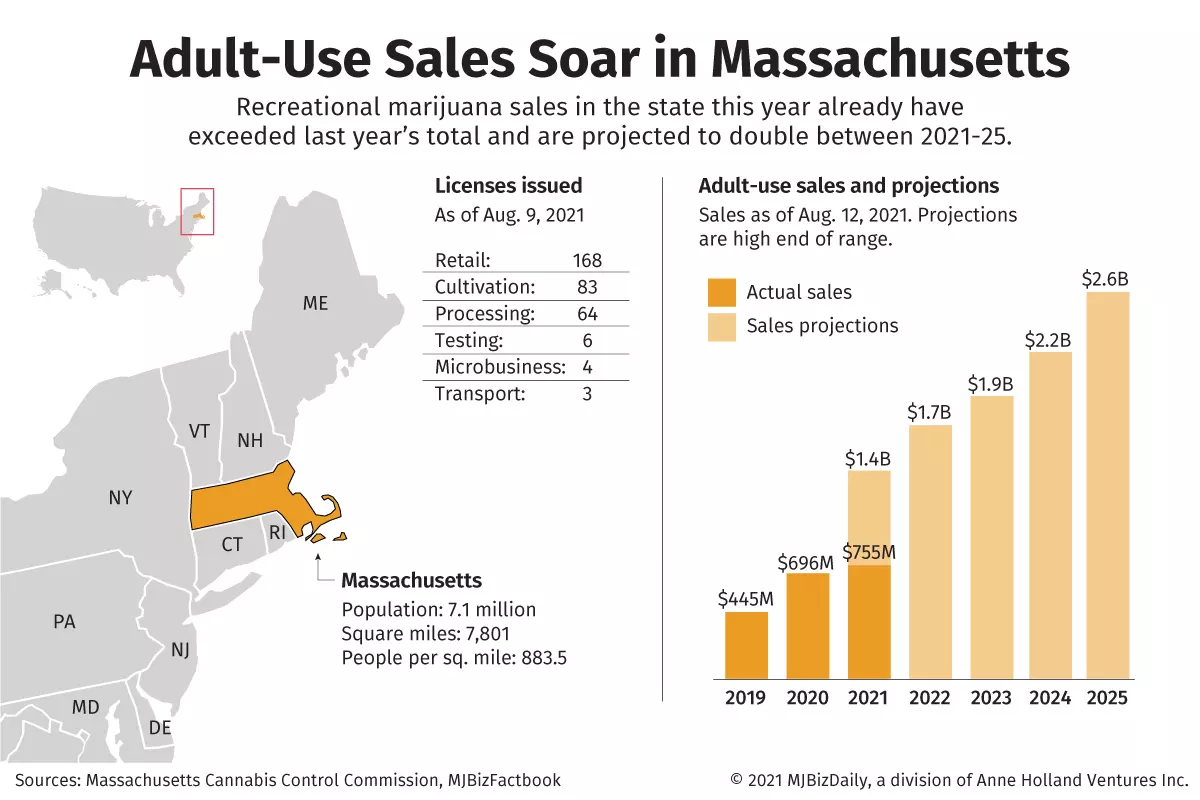 (This is the 14th installment in a series focused on cultivation planning for marijuana and hemp growers. The previous installment is available here.)
(This is the 14th installment in a series focused on cultivation planning for marijuana and hemp growers. The previous installment is available here.)
Planning for what happens after a cannabis crop is harvested is as important as cultivating the crop.
That’s according to marijuana and hemp producers and processors who say drying, curing and storage are where the “magic is made.”
The drying process occurs after harvest, when newly cut plants are full of moisture or “wet,” and cultivators hang them upside down or cut the flowers off the plant to reduce the natural moisture from the plants.
After plants are dry, the buds are trimmed and stored in containers to stop the loss of moisture and preserve flavors and aromas.
Marijuana and hemp producers need to have post-harvest strategies in place early, even before they plant crops or purchase inputs, said Casey Flippo, CEO of hemp extraction company Natvana and marijuana manufacturer Dark Horse Medicinals in Little Rock, Arkansas.
“The space needed to harvest, pre-process and dry and cure is almost always more than originally expected,” Flippo said.
Drying
The amount of space needed depends on the method cultivators plan to use, said Josh Schneider, CEO of San Diego-based Cultivaris Hemp.
“Most people wing it and suffer the consequences of terpene loss, contamination or total crop loss, all paired with lots of unnecessary stress,” he said.
There are several ways to dry marijuana and hemp, including:
- Hang-drying the whole plant.
- Wet-bucking flowers off the plant.
- Drying plants on food-grade drying racks or by using industrial drying chambers.
Mechanized drying can reduce drying time from weeks to hours but can often lead to runaway expenses.
But traditional hang-drying isn’t always cheaper; it’s labor-intensive and can lead to crop damages or losses if not done correctly.
Growers choosing to hang-dry their plants can leave plants whole or break them into single branches.
Whole-plant drying is most common for larger harvests, according to John Sedillo, CEO and founder of vertically integrated hemp producer Family Hemp Brands in Santa Fe, New Mexico.
Drying flower on screens or trays allows wet buds to be placed fairly close together, but they shouldn’t be on top of one another, Sedillo said.
The specific growing region should also be considered in choosing a drying method, he pointed out.
In damp or humid regions, it’s advisable to break plants into individual branches or allow more space between plants to reduce the potential for mold.
Conversely, dry or arid regions might require whole-plant drying to slow the drying process, Sedillo advised.
“If your average plant is 5 feet tall and 4 feet wide before harvesting, then you will want roughly 75% of that space to hang your plant,” he said.
“Plants will require less space for drying due to branches pulling closer to the plant center once hung upside down.”
Sedillo uses the whole-plant hanging method to dry his plants in a climate-controlled, dedicated space.
Depending on the specific mass and profile of the flowers, the drying process generally takes three to four weeks.
Curing
For both marijuana and hemp producers of smokable flower, the curing process is an important post-harvest step that provides additional value in the quality of the resulting product.
Cultivaris uses an automated system that allows the company to dry and cure 1,200-1,800 pounds of wet-bucked flower in 14 days.
“We find properly cured flower maintains and enhances the flavor and smokability of the flower while maintaining the optimal color and moisture levels,” Schneider said.
“It takes time and energy to get curing right, but it pays off in higher prices for quality smokable flower.”
Flippo said there is a case for curing smokable hemp flower if it’s “a major market” for producers.
“If it is not, my suggestion would be to find the most cost-effective harvest and drying solution available and go that route,” he said.
Curing through traditional methods is a labor-intensive process, requires ample space and takes 10 to 30 days to properly cure the crop, Flippo said.
But he calls the step “a no-brainer” that marijuana cultivators should plan for from the start.
“Improper planning can quickly turn a multimillion-dollar harvest into subpar product” because of mold or bacteria and overexposure to light, Flippo said.
According to Sedillo, curing and drying are terms that are often misunderstood or used interchangeably, but drying is “where the magic is either made or lost.”
“If you dry cannabis improperly, you can never cure it back into what it would have been otherwise,” he said.
Sedillo dries cannabis between 55 and 60 degrees Fahrenheit at 45%-60% humidity.
Storage
Cultivators should store cannabis based on volume and expected storage time.
Flower can be kept in a sealed container that protects product from light and condensation and controls air moisture.
Top-shelf cannabis flower does well stored long term in food-grade, airtight, 50-gallon plastic drums, Sedillo said.
Flower needs to be stored indoors in a climate-controlled environment, where it isn’t moved or shifted often, Flippo said.
According to Sedillo, flower does not need to be “burped,” meaning the container is opened to allow gas to escape.
“Contrary to common practice, if you are having to ‘burp’ your flowers, then you didn’t actually dry them properly,” he said.
In the hemp market, long-term storage considerations have become increasingly important as a glut of supply has far outpaced demand for hemp-derived CBD.
The same is true in Canada’s ambitious recreational cannabis market.
Biomass, cheaper than flower, should also be stored in a climate-controlled environment, but it can be placed in unlined, breathable bags or large food-grade agriculture containers.
Look for sealable storage bags or crates to prevent oxygen and ultraviolet light exposure, Sedillo said.
“Cannabis flowers and biomass will begin to degrade due to oxidization if not properly sealed,” he said.
Biomass can keep for months and even years. But it begins breaking down as soon as it is harvested, according to Flippo.
“Even if you store biomass properly and it is ‘runnable’ after a year, natural degradation will drastically affect yields, product quality and extraction efficiencies,” Flippo said.
Laura Drotleff can be reached at laura.drotleff@hempindustrydaily.com.







